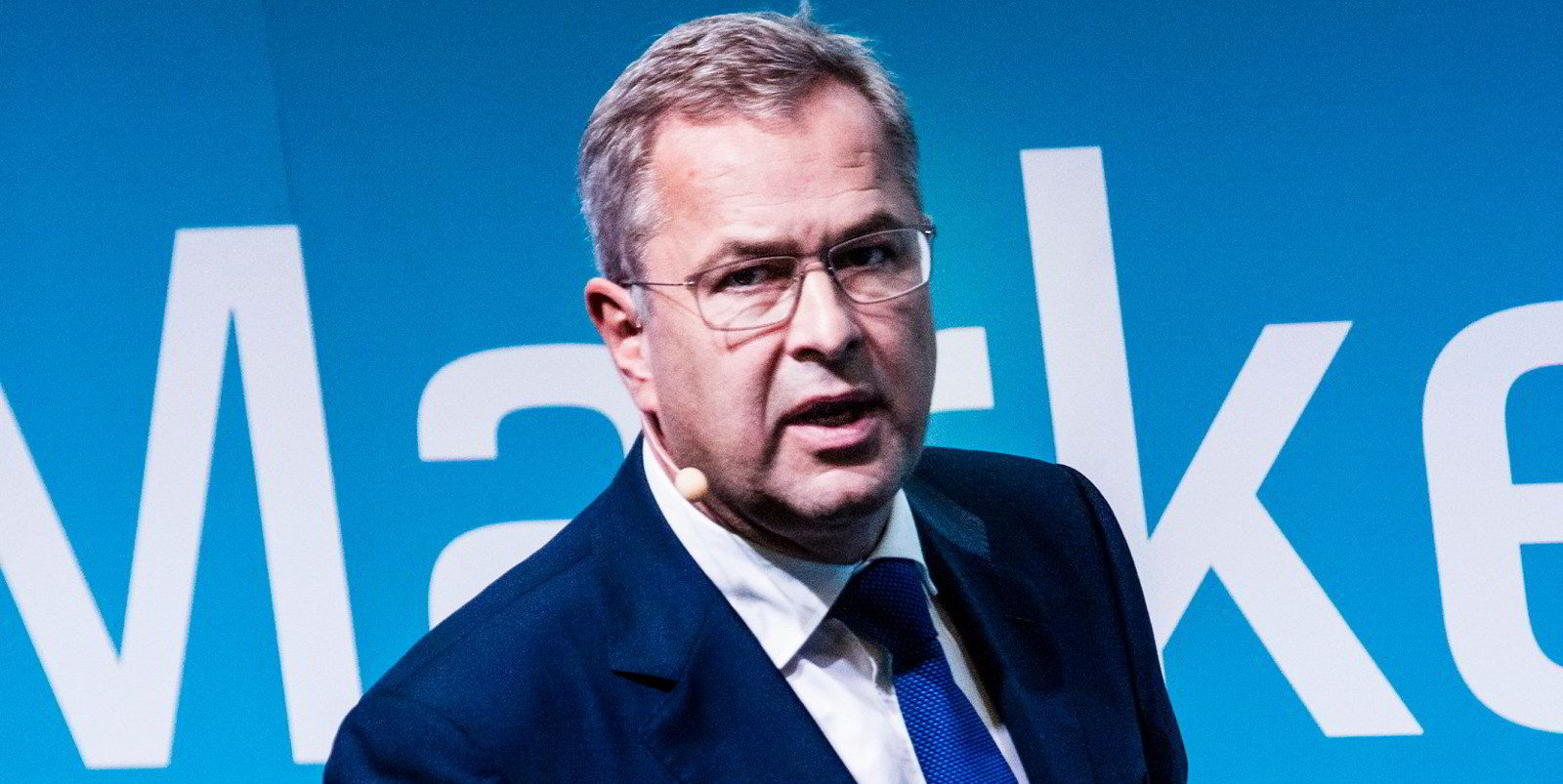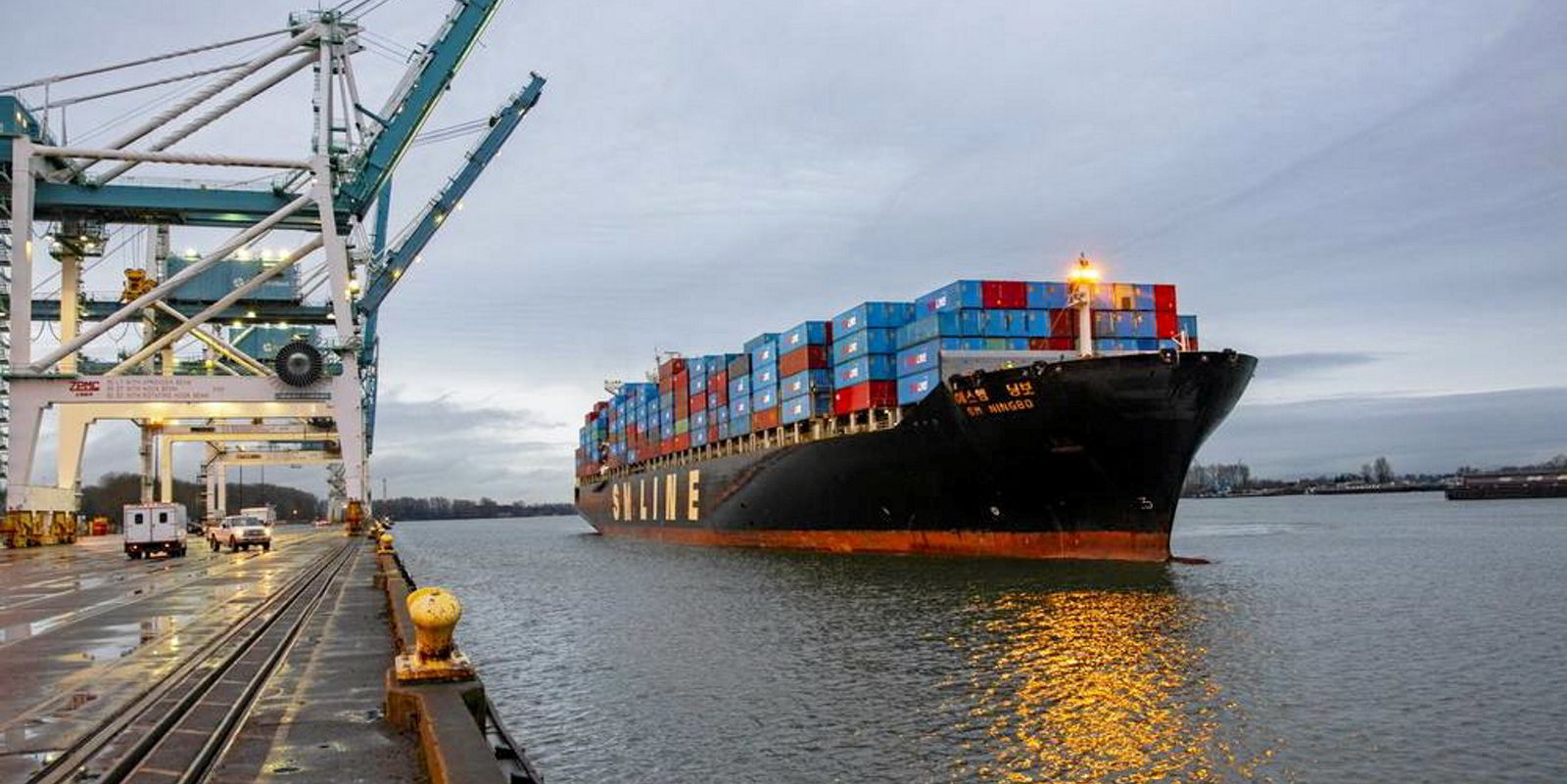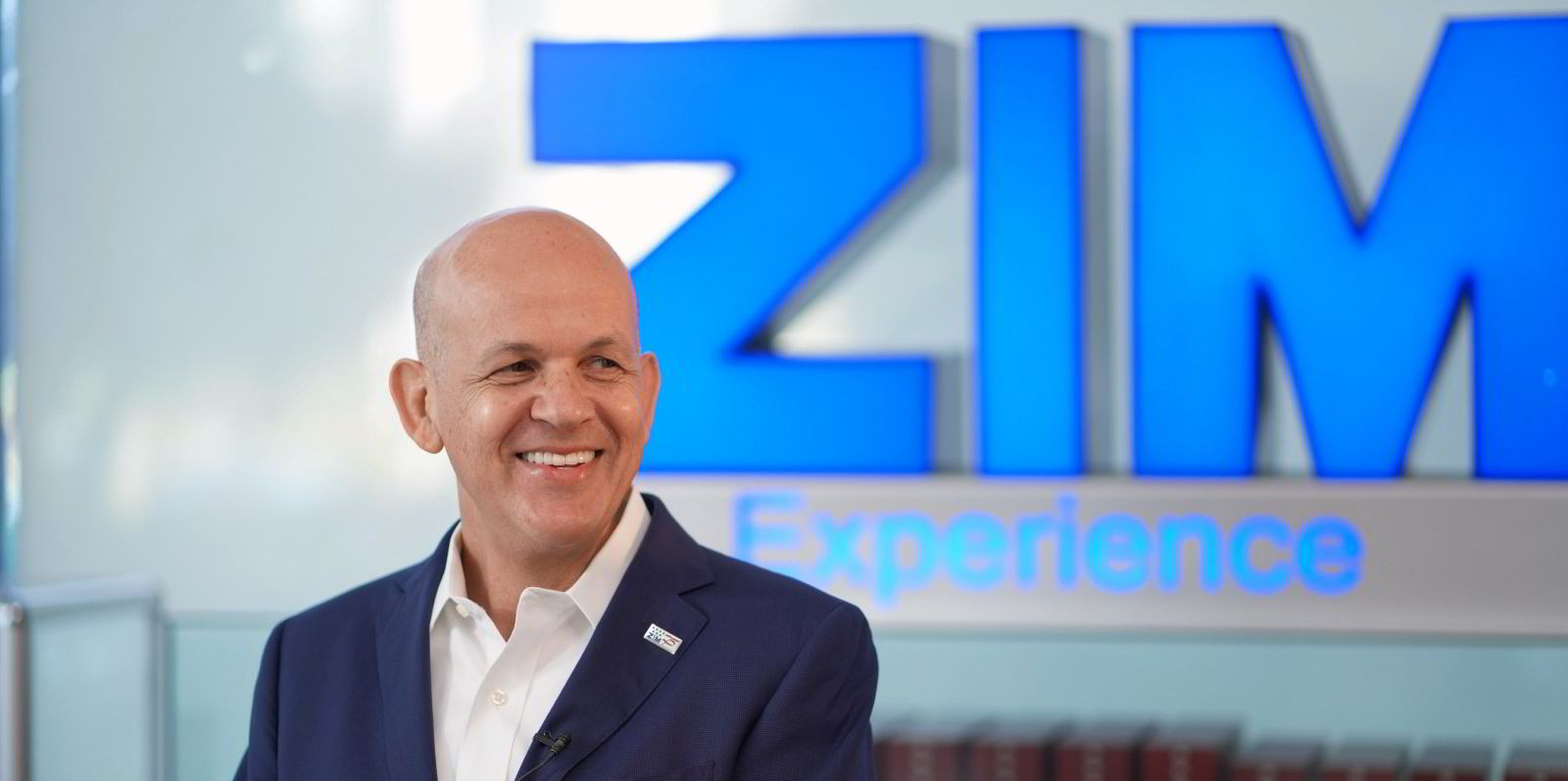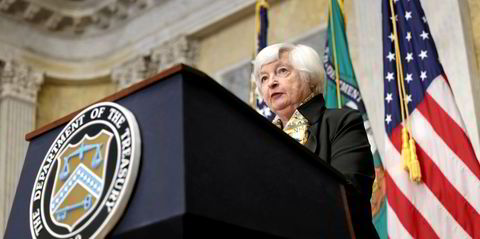Container carriers are taking matters into their own hands as freight rates on three major east-west trades hit record highs.
Several lines are expected to follow European liner operators CMA CGM and Hapag-Lloyd, which have imposed voluntary rate caps.
France's CMA CGM set the ball rolling on Thursday, by saying it would impose a freeze on spot rates in the coming months.
German rival Hapag-Lloyd confirmed it had implemented similar measures in a freight market where “prices are just too high”.
The companies unveiled the plans as freight rates on major east-west trades increased to unprecedented levels.
Spot rates from China to the US west coast rose above the $20,000 threshold for the first time.
Rates climbed 12% to $20,586 per 40-foot equivalent unit (feu) as of Thursday, up from $19,080 a week earlier, according to the Freightos Baltic Index (FBX).
The price from Asia to the US east coast also hit an all-time high, climbing another 10% to $22,173 per feu from $20,638 a week earlier.
The increases result from peak season demand and ongoing port congestion in the US, according to commentary from Judah Levine, head of research at the Freightos booking portal.
Record backlogs at the ports of Los Angeles and Long Beach had been the major driver of delays, effectively removing an estimated 20% to 25% of transpacific capacity, he said.
Congestion on the US west coast led liner operators to consider alternative ports.
That included South Korean operator SM Line, which is expanding its operations to Portland, Oregon, by deploying additional loader vessels.
Similarly, Mediterranean Shipping Co (MSC) will start calling at Portland later this month with a weekly transpacific service.
Transatlantic tightness
The tight market in the transpacific is impacting on the transatlantic market where rates have surged.
Rates from Europe to the US east coast reached a new all-time high of $6,984 per feu before dipping $115 on Friday to $6,869 per feu.
Rates have historically traded below $2,000 but in February this year they started to rise. The higher rates could be a result of capacity being shifted to ex-Asia lanes, said Levine.
Rates from Asia to Europe are also entering new territory, rising 3% in a week to $14,299 per feu on Friday.
That is nearly eight times higher than a year ago, and a 30% climb since the end of May.
'Rates have peaked'
The surging market provoked a response from liner operators who face a host of complaints from angry shippers.
CMA CGM said it froze spot rate increases with immediate effect through until 1 February.
The company is making the voluntary move despite expectations that rates are set to increase in the coming weeks.
German carrier Hapag-Lloyd has been freezing prices for some weeks and will continue to do so, according to spokesperson Tim Seifert.
“We also believe that spot rates have peaked and we do not pursue further increases," he said.
Hapag-Lloyd's move focuses on the trades that have seen extremely high base rates known as Freight-All-Kind (FAK), mainly from Asian origins.
It had also focused on some other non-Asian relations where FAK market levels "have just gone too high", said Seifert.
“We hope that the market will slowly start to calm down," he said.
Long-term contracts
AP Moller-Maersk stopped short of confirming a freeze on spot rates. However, the company confirmed a shift away from the short term freight market towards longer-term contracts that account for the bulk of its business.
“Our focus is on creating long-term values for our customers,” the company said.
“In this pursuit, we are moving towards a larger share of longer-term contracts, which now has increased to around 60% of our total bookings.”

Fearnley Securities analysts Peder Nicolai Jarlsby, Erik Gabriel Hovi and Ulrik Mannhart questioned whether the introduction of a price cap will take the sting out of the positive momentum in the market.
"The rise in container rates have come under increased scrutiny from governments with [the] US, Europe and China meeting earlier this week to discuss bottlenecks and the Ocean Shipping reform act, which was introduced in August," the analysts said.
And Fearnley Securities said there was limited information available as to how much volume this will actually impact.
Some liner companies had good visibility for the balance of the year, suggesting much of their capacity for the final three months of 2021 has already been sold out, the analysts said.







